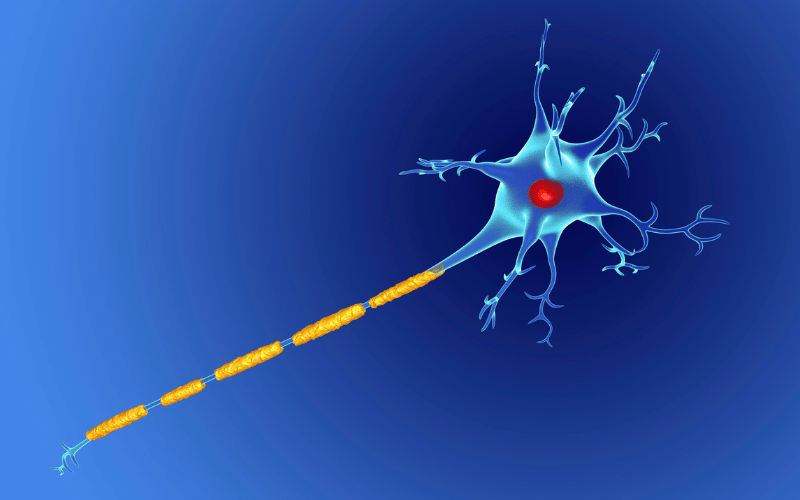11. Nerve Territory: Following the Pathways of Pain

At the heart of shingles lies a nerve story. When the varicella-zoster virus reactivates, it doesn’t randomly select its location. The rash and pain trail the path of specific nerves. It’s like the virus has a roadmap, and it strictly adheres to these neural highways.
Dermatomes are specific areas of the skin served by single spinal nerves. When the virus wakes up, it travels along these dermatomes, causing both the visible rash and the underlying pain. This strict adherence to nerve pathways is why shingles is often unilateral, appearing on just one side of the body.
It’s also the reason behind the varied locations of the rash. Depending on which nerve the virus decides to travel, shingles can appear on the torso, limbs, face, or even the neck. The precise patterning provides valuable clues to medical professionals, aiding in swift diagnosis.
But, the nerve story has its flip side. These same nerves, when inflamed by the virus, can lead to persistent pain, long after the rash has healed. It’s a complex interplay between the virus and the nervous system, making shingles a unique medical phenomenon. (11)